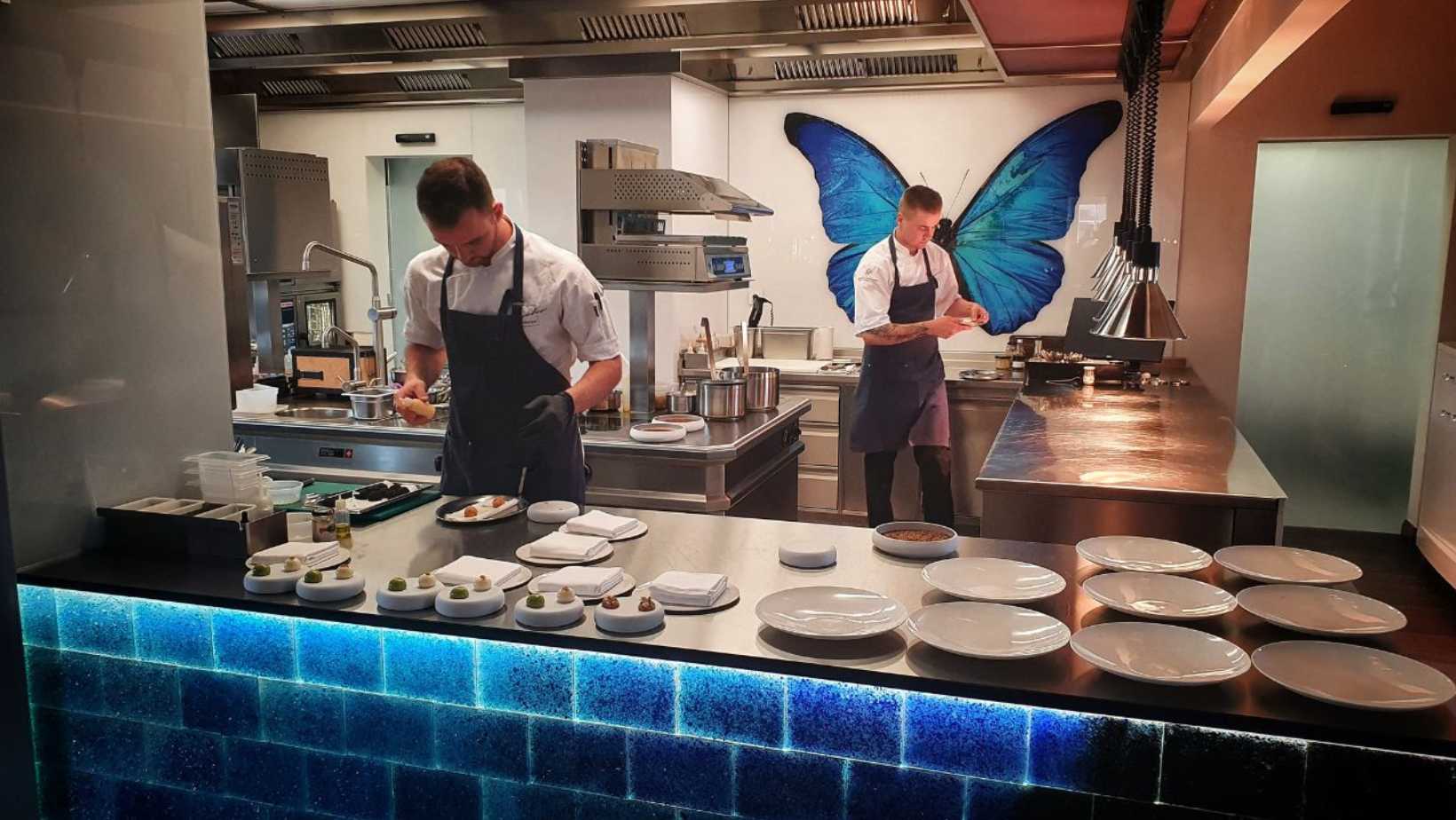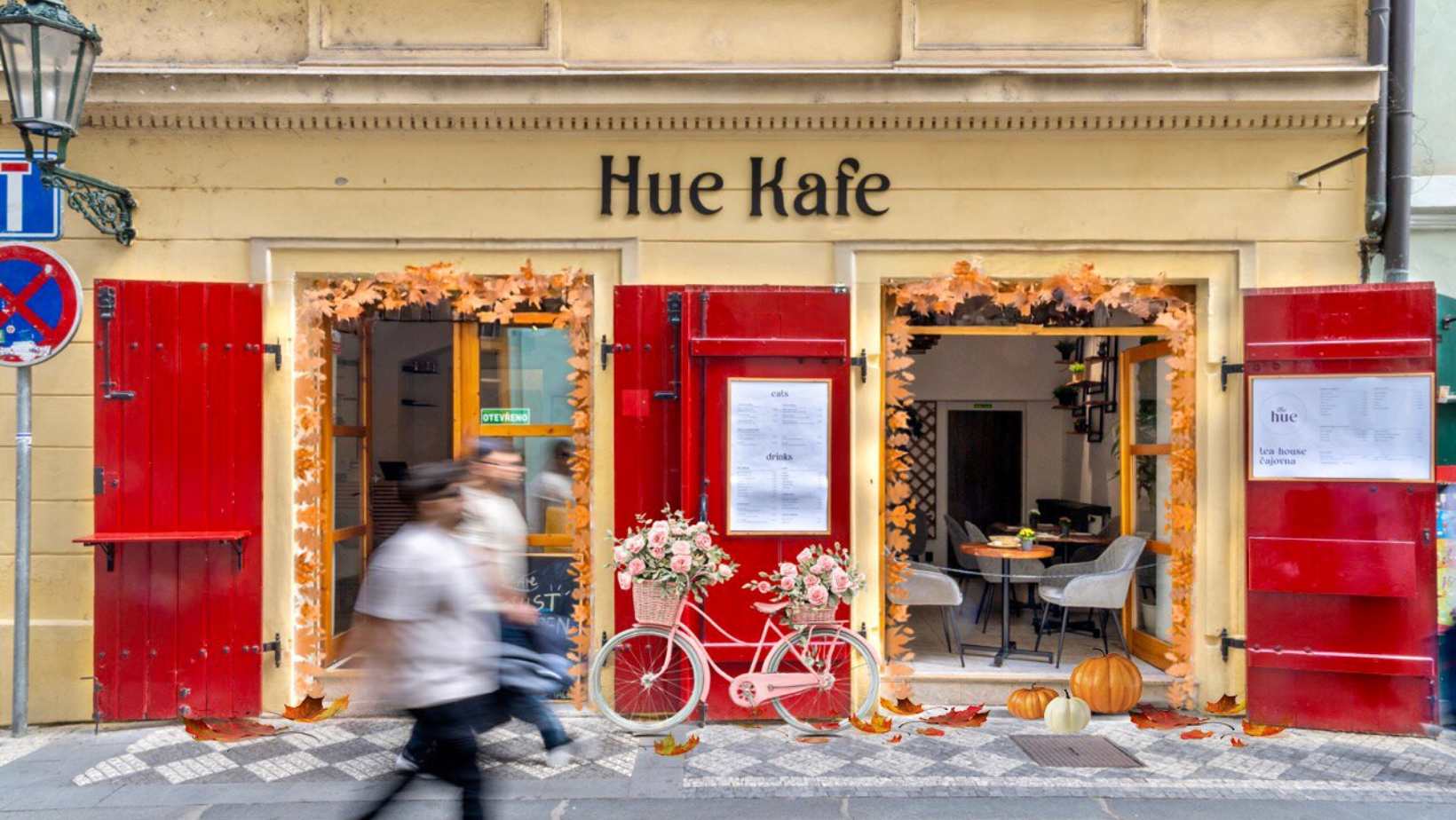The Franz Kafka Museum: A Journey into the Mind of a Literary Giant
Prague Morning

Located along the Vltava River in the Malá Strana district, The Franz Kafka Museum offers an in-depth look at the life and work of one of the 20th century’s most influential writers.
Kafka, born in Prague in 1883, is best known for his exploration of existentialism, absurdism, and the alienation of modern life.
The museum, which opened in 2005, allows visitors to explore Kafka’s complex relationship with his city, his family, and his own identity, making it a must-see for literary fans and anyone interested in understanding the forces that shaped his works.
Kafka’s Life in Prague: Struggles and Contradictions
Franz Kafka’s life in Prague was marked by personal struggles and contradictions. Born into a middle-class Jewish family, Kafka spoke German but was shaped by the unique cultural mix in Prague.
In the early 20th century, the city was a melting pot of Czech, German, Jewish, and other communities, influencing Kafka’s perspective on life. His works often dealt with themes of isolation, bureaucracy, and the conflict between personal desires and societal expectations. Kafka’s strained relationship with his father, his struggles with his identity, and his ongoing health issues all played a role in his writing and his worldview.

The Museum’s Design and Exhibits
The museum is located in a building that once belonged to Kafka’s sister, Ottla, which adds a personal touch to the experience. The layout of the museum, with its dark and winding spaces, mirrors the dream-like and often unsettling environments found in Kafka’s stories.
The space is divided into several sections, each offering a different perspective on Kafka’s life and legacy. One of the key highlights is the museum’s collection of Kafka’s personal letters, diaries, manuscripts, and photographs. These provide a rare insight into the mind of the man behind works like The Trial, The Metamorphosis, and The Castle.
The museum also highlights how Kafka’s personal life influenced his writing. For example, one section focuses on Kafka’s difficult relationship with his father, Hermann. Kafka’s father figure appears in many of his works as an oppressive force, and the museum explores this through letters Kafka wrote to his father, which are some of the most revealing pieces of Kafka’s personal correspondence.

Kafka and Prague: A Complicated Relationship
The museum also explores Kafka’s complicated relationship with Prague. Although he spent most of his life in the city, he often felt disconnected from it. His discomfort with his surroundings is reflected in his writing, where cities and bureaucratic systems are shown as oppressive forces.
It allows visitors to experience Prague through Kafka’s eyes, offering a deeper understanding of how the city’s narrow streets, grand architecture, and fragmented cultural landscape shaped his worldview.
The Lasting Impact of Kafka’s Work
In addition to exploring Kafka’s personal life, the museum highlights the lasting impact his work has had on literature and culture. Interactive exhibits, modern art installations, and video projections show how Kafka’s ideas continue to influence philosophy, art, and film.
Kafka’s work goes beyond the boundaries of Prague or his era. His exploration of alienation, bureaucracy, and the human condition remains relevant today. His influence can be seen in various fields, from existential philosophy to modern theater. In Prague, the Kafka Museum is a key cultural institution, ensuring that Kafka’s work continues to resonate for those interested in exploring the complexities of the human experience.

Kafka Landmarks in Prague
The museum’s location in the Malá Strana district adds to its significance. Just a short walk away, visitors can explore other Kafka-related sites, such as the Kafka House, where the writer spent part of his youth. Another nearby landmark is the Statue of Franz Kafka by Jaroslav Róna in Jiřího z Poděbrad Square. This striking sculpture, with Kafka’s head atop distorted human figures, symbolizes Kafka’s fragmented identity and the theme of alienation found in his works.
Would you like us to write about your business? Find out more
-
NEWSLETTER
Subscribe for our daily news










